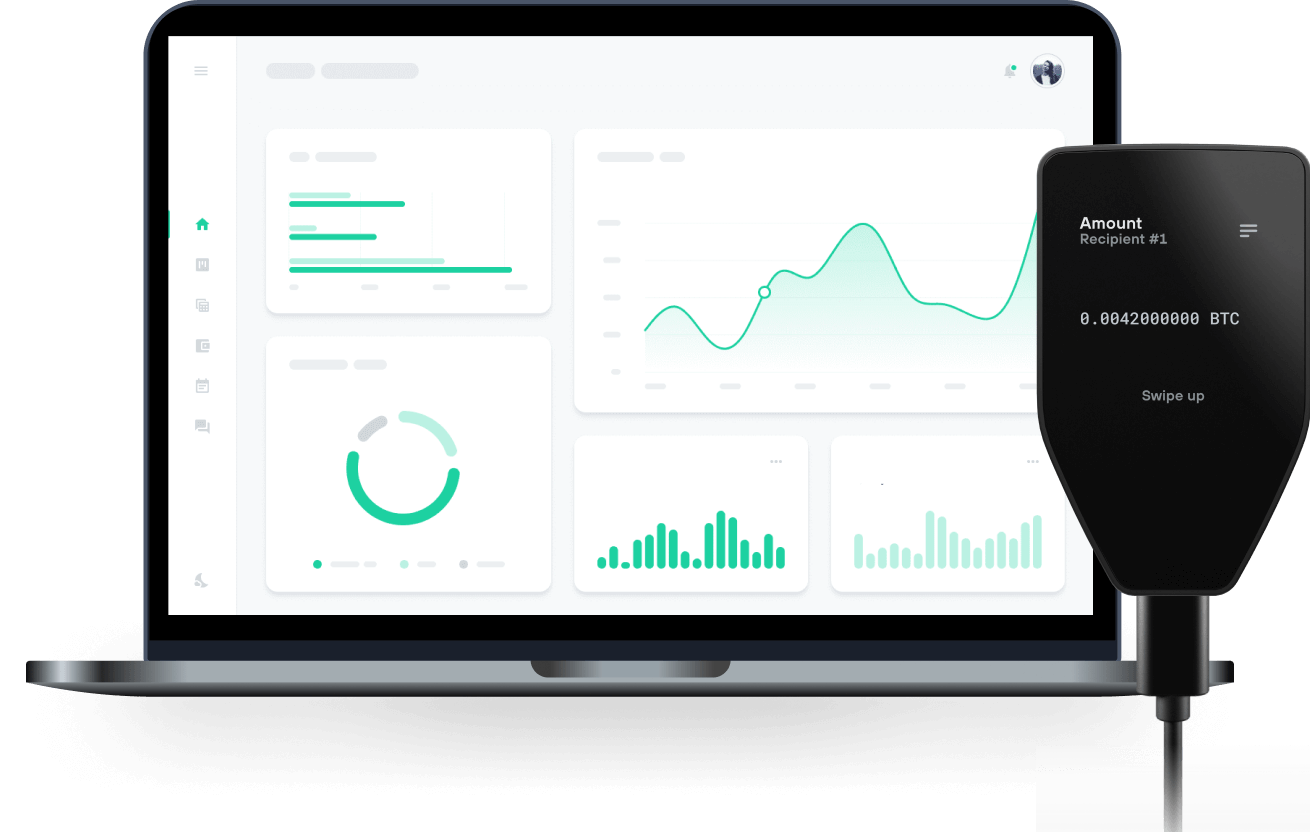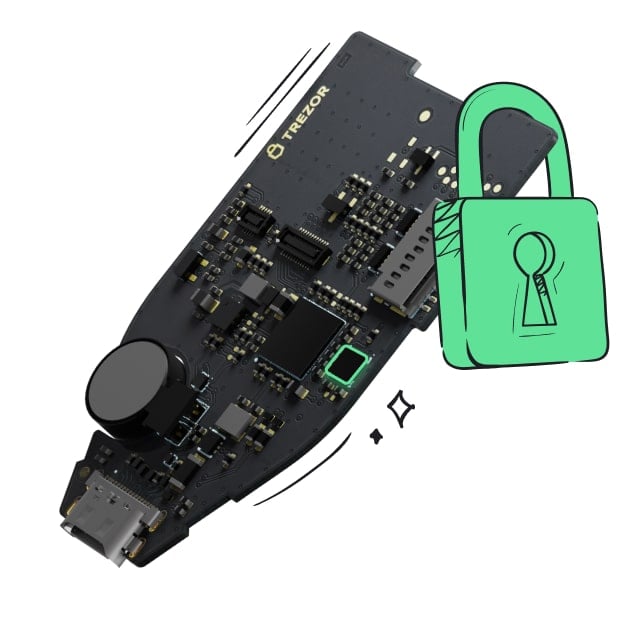Safe & secure Thruster wallet
Use the security of your Trezor hardware wallet to safely manage your Thruster.
- Secured by your hardware wallet
- Trusted by over 2 million customers

Send & receive your Thruster with Trezor Hardware wallets

Send & receive
Trezor hardware wallets that support Thruster
Sync your Trezor with wallet apps
Manage your Thruster with your Trezor hardware wallet synced with several wallet apps.
MetaMask
Rabby
Supported Thruster Network
- Blast
Why a hardware wallet?
Go offline with Trezor
- You own 100% of your coins
- Your wallet is 100% safe offline
- Your data is 100% anonymous
- Your coins aren’t tied to any company
Online exchanges
- If an exchange fails, you lose your coins
- Exchanges are targets for hackers
- Your personal data may be exposed
- You don’t truly own your coins
How to THRUST on Trezor
Connect your Trezor
Open a third-party wallet app
Manage your assets
Make the most of your THRUST
Trezor keeps your THRUST secure
 Protected by Secure Element
Protected by Secure ElementThe best defense against both online and offline threats
 Your tokens, your control
Your tokens, your controlAbsolute control of every transaction with on-device confirmation
 Security starts with open-source
Security starts with open-sourceTransparent wallet design makes your Trezor better and safer
 Clear & simple wallet backup
Clear & simple wallet backupRecover access to your digital assets with a new backup standard
 Confidence from day one
Confidence from day onePackaging & device security seals protect your Trezor’s integrity
Thruster is a Blast-native DEX for the best Blast-native teams and tokens to build on. Thruster is deeply integrated across the Blast ecosystem, with integrations with most of the top protocols, tokens, and liquidity providers in the ecosystem. Liquidity provider tools are also essential for Thruster, and allow for better yield capture for LPs.
Thruster’s core product is automated market makers (AMM).
Automated market makers are a form of decentralized exchange (DEX) that give users the ability to make on-chain trades of utility and governance tokens without interfacing with an order book, which are often inefficient and can be manipulated (spoof orders) for longer tail assets and on higher-latency chains.
AMM protocols accomplish this by pricing deposited liquidity against specific preset curves, available at any time of the day.
Due to this automation, traders can easily access liquidity for a broad range of assets while liquidity providers can earn trading fees on positions they deposit permissionlessly into an AMM.